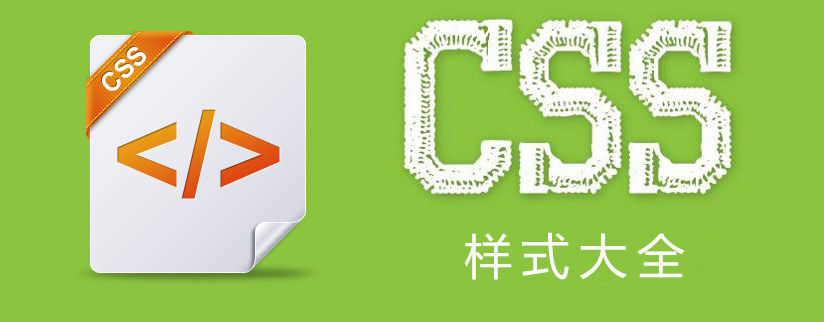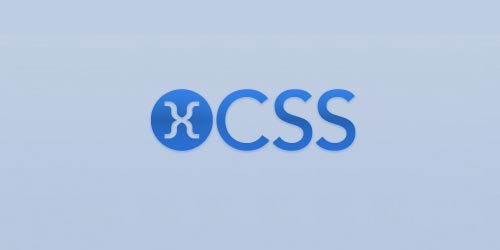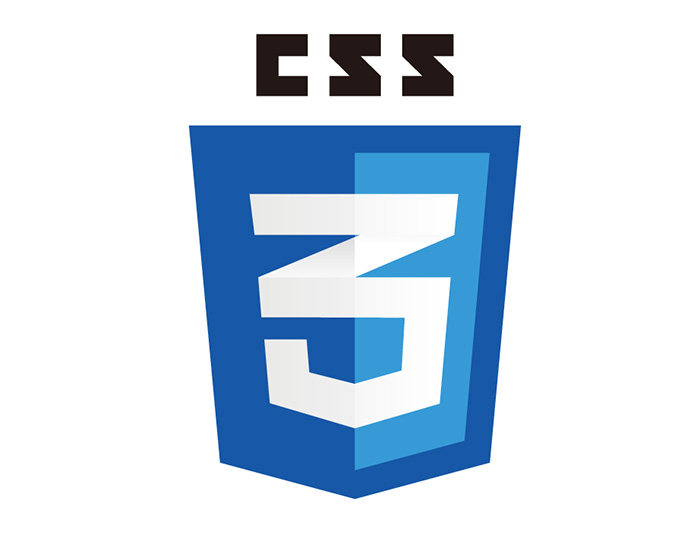Summary of font-face usage examples in css3
Everyone knows that all browsers now support CSS3 custom fonts (@font-face), including IE6, but their support for font file formats is different. So for various icons used in the website, we can try to use fonts. This article will explain in detail why icons should be made into fonts for this usage? In many website projects, we often use various small transparent icons. Then the website must be compatible with various browsers, and may have multiple sizes, and even need to consider skin changes and other needs. Then we need to output these small icons into multiple sizes, colors and file formats, such as png8 alpha transparent or png8 index transparent, etc. For example, various small icons used by Twitter: In this case, using fonts to implement icons has many advantages: the font file is small, generally 20-50kb; easy to edit and maintain, and the size and color can be controlled with CSS; transparent Fully compatible with IE6; How to turn icon into font? The most important thing is to perfectly restore the icons in the design draft (which must have vector paths, bitmaps cannot be converted) into fonts, which is not very troublesome. We need to use
1. CSS3 uses fonts to implement icons

##Introduction: Everyone knows that all browsers now support CSS3 custom fonts (@font-face), including IE6, but their support for font file formats is different. Then for various icons used in the website, we can try to use font. This article will explain this usage in detail
2. CSS3 fonts and text effects Sample code sharing

Introduction: CSS3 allows us to use custom fonts and has some nice text effects. Custom fonts To use custom fonts, you need to use @font-face rules. Of course, first you need to have a custom text file Payen S.Tsung@font-face { font-family: myDIYfont; /*custom font name*/ src: url( 'Ginga.ttf'); /*Font file*/}.demo
3. CSS unicode-range specific characters use font-face to customize the font

Introduction: 1. What is unicode-range? Looking at the name, many friends may think it is something unfamiliar. In fact, this thing just has a weird name, and it is still very useful at critical moments of function. Unicode-range is a CSS property, generally used together with the @font-face rule.
4. Code for a beautiful round button made using CSS3

5.
 # #Introduction: Front-end programmers, how much do you know about using CSS3 tutorial-@font-face to implement personalized fonts? Today we will introduce CSS3 @font-face to you. If you are interested, you can learn more.
# #Introduction: Front-end programmers, how much do you know about using CSS3 tutorial-@font-face to implement personalized fonts? Today we will introduce CSS3 @font-face to you. If you are interested, you can learn more.
6.
@font-face (css3 attribute) enables embedding any font in a web page_html/css_WEB-ITnoseIntroduction: @font-face (css3 attribute) enables embedding any font in a web page
7.
@font-face Use fonts to draw icons_html/css_WEB- ITnoseIntroduction: @font-face uses fonts to draw icons
8. @font-face Client-side use server-side font style font conversion tool_html/css_WEB-ITnose
Introduction: @ font-face client uses server-side font style font conversion tool
9. icon@font-face those things_html/css_WEB-ITnose
Introduction: those things about icon@font-face
10. css3 @font-face_html/css_WEB-ITnose
Introduction: css3 @font-face
[Related Q&A recommendations]:
javascript - use iconfont When using it online, multiple spaces appear, please answer
html5 - How can I apply fonts defined using font-face in canvas?
javascript - @font-face loads custom Chinese ttf fonts without rendering?
The above is the detailed content of Summary of font-face usage examples in css3. For more information, please follow other related articles on the PHP Chinese website!

Hot AI Tools

Undresser.AI Undress
AI-powered app for creating realistic nude photos

AI Clothes Remover
Online AI tool for removing clothes from photos.

Undress AI Tool
Undress images for free

Clothoff.io
AI clothes remover

Video Face Swap
Swap faces in any video effortlessly with our completely free AI face swap tool!

Hot Article

Hot Tools

Notepad++7.3.1
Easy-to-use and free code editor

SublimeText3 Chinese version
Chinese version, very easy to use

Zend Studio 13.0.1
Powerful PHP integrated development environment

Dreamweaver CS6
Visual web development tools

SublimeText3 Mac version
God-level code editing software (SublimeText3)

Hot Topics
 Vue 3
Apr 02, 2025 pm 06:32 PM
Vue 3
Apr 02, 2025 pm 06:32 PM
It's out! Congrats to the Vue team for getting it done, I know it was a massive effort and a long time coming. All new docs, as well.
 Building an Ethereum app using Redwood.js and Fauna
Mar 28, 2025 am 09:18 AM
Building an Ethereum app using Redwood.js and Fauna
Mar 28, 2025 am 09:18 AM
With the recent climb of Bitcoin’s price over 20k $USD, and to it recently breaking 30k, I thought it’s worth taking a deep dive back into creating Ethereum
 Can you get valid CSS property values from the browser?
Apr 02, 2025 pm 06:17 PM
Can you get valid CSS property values from the browser?
Apr 02, 2025 pm 06:17 PM
I had someone write in with this very legit question. Lea just blogged about how you can get valid CSS properties themselves from the browser. That's like this.
 A bit on ci/cd
Apr 02, 2025 pm 06:21 PM
A bit on ci/cd
Apr 02, 2025 pm 06:21 PM
I'd say "website" fits better than "mobile app" but I like this framing from Max Lynch:
 Comparing Browsers for Responsive Design
Apr 02, 2025 pm 06:25 PM
Comparing Browsers for Responsive Design
Apr 02, 2025 pm 06:25 PM
There are a number of these desktop apps where the goal is showing your site at different dimensions all at the same time. So you can, for example, be writing
 Stacked Cards with Sticky Positioning and a Dash of Sass
Apr 03, 2025 am 10:30 AM
Stacked Cards with Sticky Positioning and a Dash of Sass
Apr 03, 2025 am 10:30 AM
The other day, I spotted this particularly lovely bit from Corey Ginnivan’s website where a collection of cards stack on top of one another as you scroll.
 Using Markdown and Localization in the WordPress Block Editor
Apr 02, 2025 am 04:27 AM
Using Markdown and Localization in the WordPress Block Editor
Apr 02, 2025 am 04:27 AM
If we need to show documentation to the user directly in the WordPress editor, what is the best way to do it?
 Why are the purple slashed areas in the Flex layout mistakenly considered 'overflow space'?
Apr 05, 2025 pm 05:51 PM
Why are the purple slashed areas in the Flex layout mistakenly considered 'overflow space'?
Apr 05, 2025 pm 05:51 PM
Questions about purple slash areas in Flex layouts When using Flex layouts, you may encounter some confusing phenomena, such as in the developer tools (d...






